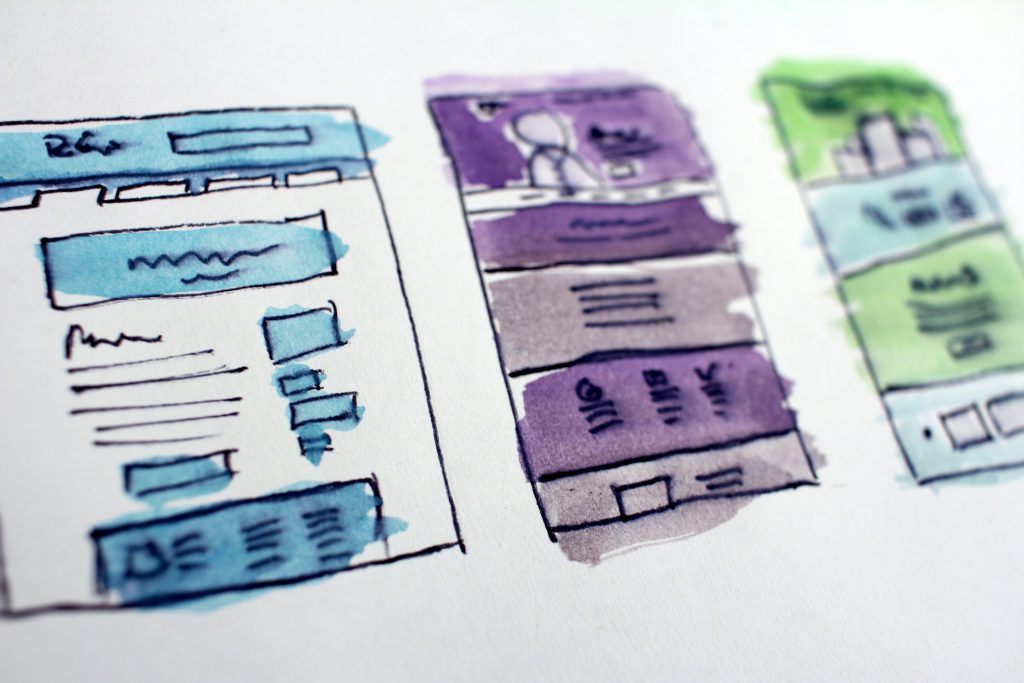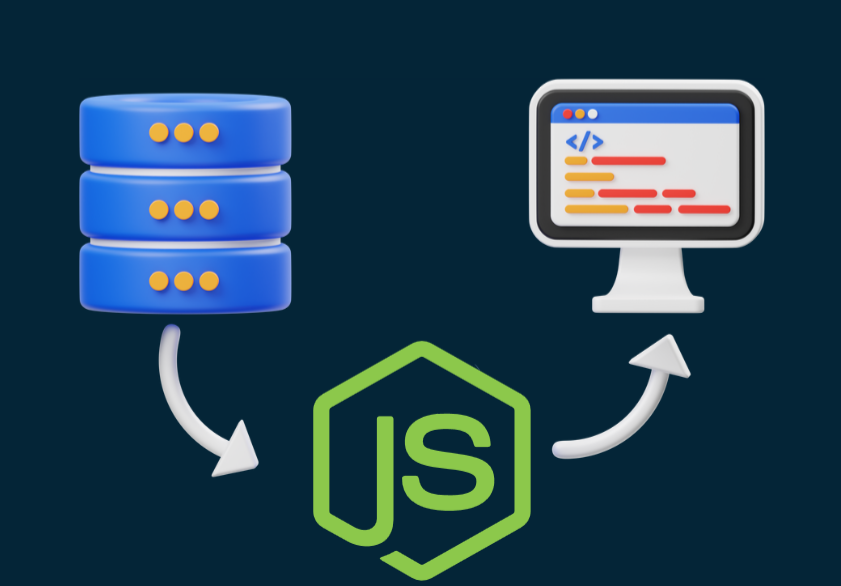In recent years, Progressive Web Apps (PWAs) have emerged as a game-changer in the realm of web development, offering a seamless and engaging user experience akin to native mobile apps. As we step into 2023, the prominence of PWAs continues to grow, fueled by their ability to combine the best of web and mobile technologies. Let’s delve into what PWAs are, their benefits, how to build them, and their potential in the digital landscape of 2023.
1. Understanding Progressive Web Apps (PWAs)
- Definition: PWAs are web applications that leverage modern web technologies to deliver app-like experiences to users across various devices and platforms.
- Key Features: PWAs offer features such as offline functionality, push notifications, home screen installation, and fast performance, blurring the line between web and native apps.
2. Benefits of Progressive Web Apps
- Cross-Platform Compatibility: PWAs are accessible on any device with a web browser, eliminating the need to develop separate apps for different platforms.
- Offline Capabilities: PWAs can function offline or in low-connectivity environments, providing users with uninterrupted access to content and functionality.
- Improved Performance: PWAs are optimized for speed and performance, offering fast load times and smooth interactions, even on low-end devices.
- Engagement and Retention: Features like push notifications and home screen installation enhance user engagement and retention, leading to higher conversion rates and user satisfaction.
3. Building a Progressive Web App
- Responsive Design: Start with a responsive design approach to ensure that your PWA looks and performs well across various screen sizes and devices.
- Service Workers: Implement service workers to enable offline functionality and cache resources for faster loading times.
- App Manifest: Create a web app manifest file to define metadata such as app name, icons, and display mode, enabling users to install the PWA on their device’s home screen.
- HTTPS: Ensure that your PWA is served over HTTPS to guarantee security and enable service worker functionality.
- Optimization: Optimize your PWA for performance by minifying code, optimizing images, and leveraging techniques such as lazy loading.
4. Testing and Deployment
- Browser Compatibility: Test your PWA across different web browsers to ensure compatibility and consistent performance.
- Progressive Enhancement: Test the progressive enhancement of your PWA by simulating low-bandwidth or offline scenarios to ensure that it functions as intended.
- Deployment: Deploy your PWA to a hosting provider or content delivery network (CDN) that supports HTTPS and offers fast and reliable performance.
5. The Future of PWAs in 2023
- E-Commerce and Retail: PWAs continue to gain traction in the e-commerce and retail sectors, offering retailers a cost-effective and scalable solution to reach customers across channels.
- Media and Entertainment: PWAs are becoming increasingly popular in the media and entertainment industry, providing users with immersive experiences for streaming content, gaming, and social interaction.
- Enterprise Applications: PWAs are being adopted by businesses for internal tools and enterprise applications, offering employees a seamless and productive user experience across devices.
- Emerging Technologies: Advancements in web technologies, such as WebAssembly and WebXR, are poised to further enhance the capabilities and potential of PWAs, opening up new opportunities in areas like gaming, augmented reality (AR), and virtual reality (VR).
In conclusion, Progressive Web Apps (PWAs) represent a transformative approach to web development, offering a compelling alternative to native mobile apps with their cross-platform compatibility, offline capabilities, and engaging user experience. As we navigate the digital landscape of 2023 and beyond, PWAs are poised to play a pivotal role in shaping the future of web-based applications across industries and sectors.







